Westland Distillery: Day 2 – Setting the Scene
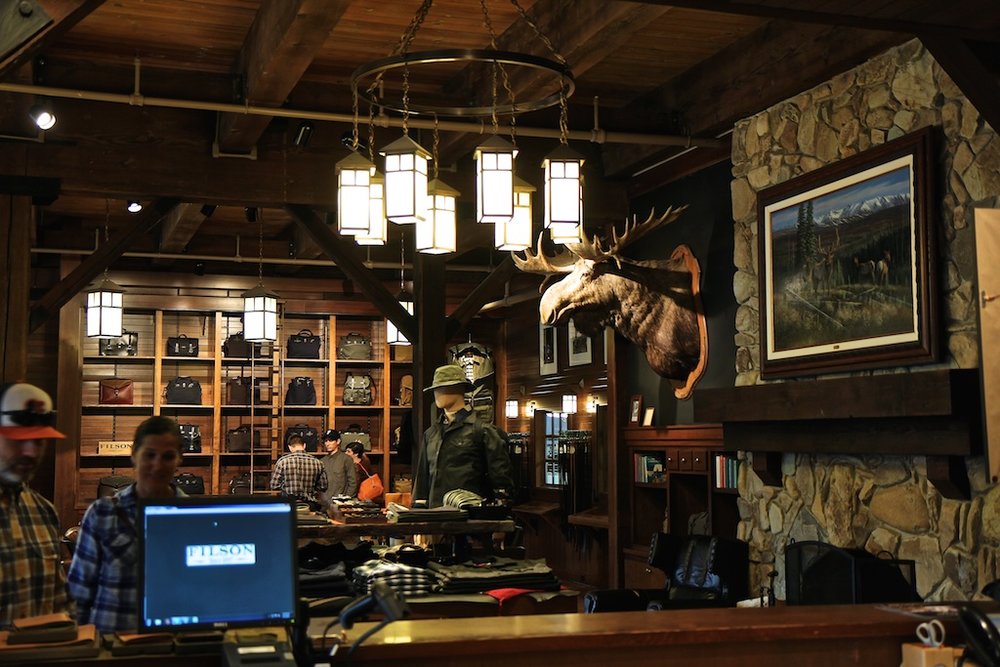
Maybe it's just me, but in my mind I just can't separate the Pacific Northwest from David Lynch's cult television show Twin Peaks. But it's not as if the former CBS series is my only association with the state. My mom was born and raised in Washington and I've been coming here for summer vacation since I was an infant, but when I walk into a store like Filson and see the stone fireplace incorporated with dark wood paneling, flannel shirts, and a giant moose head, I imagine I'm with Agent Cooper at the Great Northern Hotel and a warm feeling of nostalgia washes over my soul. What Emerson and Matt wanted to establish with today's activities was a greater understanding of Seattle's community, along with the partnerships and producers that make the city what it is. They wanted to instill in us the same sense of pride and optimism that they feel towards their locality, to help us better understand where Westland fits in amidst the grand scheme. I thought it was a great concept, but they were really going to have to bring it if they had any visions of supplanting Laura Palmer in my cerebral cortex.

What is Filson, you ask? Imagine the Pacific Northwest version of Levi's, but add in the outdoorsy North Face element and cross it stylistically with a dash of John Varvatos. Then add in the fact that all their clothing is 100% American-made, in house no less! You can actually go to the Filson flagship store in Seattle, look through the windows in the back, and watch them cutting out leather patterns, sowing together bags, and laying out long sheets of rugged twill. If you even remotely care about fashion, it's an inspiring sight to see. If you're like me and you love clothes, along with all that other hand-crafted, historic, authentic, and locally-sourced shit that we talk about with whiskey, then you're going want to make Filson your first stop upon landing in the city. We were lucky enough to tour the entire site to get a more in-depth look at the operation.
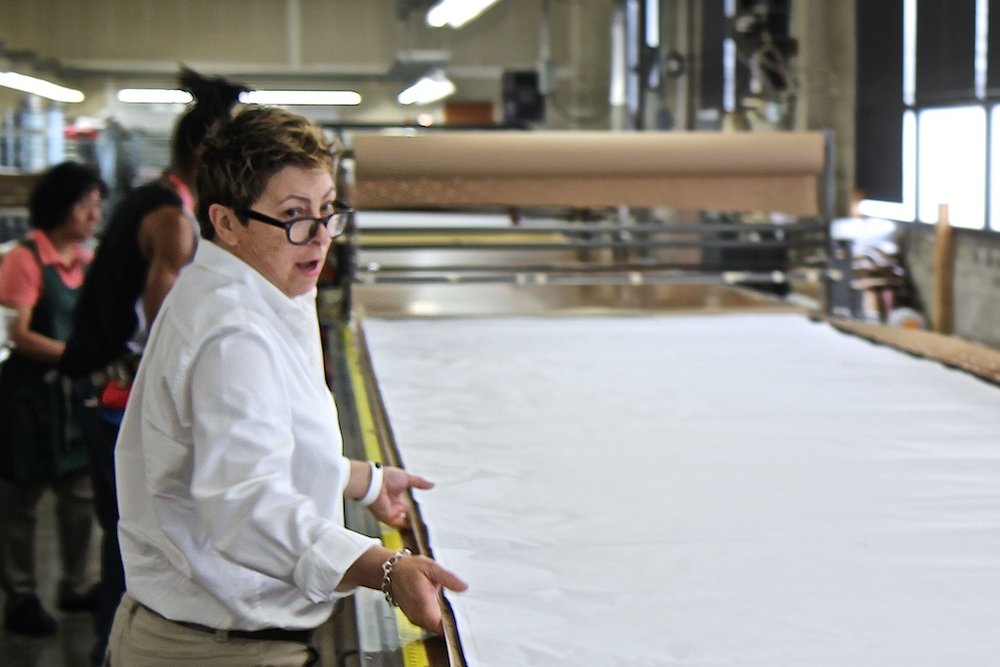
C.C. Filson founded his namesake company in the late 1890s when it was clear that the Great Klondike Gold Rush was going to bring many a pioneer to the Pacific Northwest. He made rugged gear for rugged conditions—wool blankets, sleeping bags, down jackets—and he stood by the quality of his work. As gold fever eventually faded into history, Filson's reputation for top-quality materials did not and the lifetime guarantee he offered on every piece he sold helped solidify him as a man and merchant of the utmost integrity. He continued to design jackets, shirts, vests, and bags for the Washington outdoorsman and the line continued to expand. Today the brand continues to offer that lifetime guarantee on all of its merchandise and is actually working on a new restoration project, taking the remnants of old Filson products and piecing them together to create new ones. We got to see some of the advance line before launch and it was truly spectacular. I dropped a serious amount of coin before leaving that store. So far, the boys were one for one. I was loving this tour.
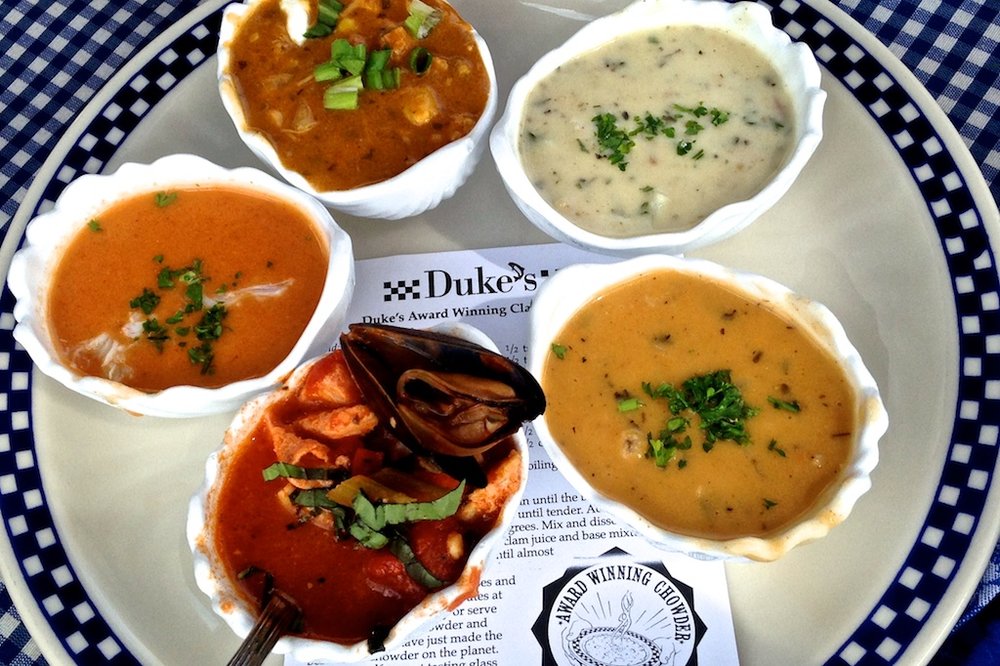
After working up an appetite on the Filson salesfloor, it was time to eat. We headed over to Duke's Chowderhouse on the shore of Lake Union to sit outside, have a drink, and eat some fish. Duke's looks like your standard Pier 39-ish tourist spot, but—remember food snobs—looks can be deceiving. This chowderhouse was actually one of the first restaurants in the nation to be certified as providing nothing but 100% sustainable, all-natural ingredients. All of their seafood is traceable and much of it was sourced by the restaurant themselves. You might even find Duke Moscrip himself catching wild salmon up in Alaska. A chowder sampler please! And a round of Westland cocktails. I'd definitely come back here on my next trip. The food was fresh and delicious, and the view even better. We watched seaplanes land and take off right next to us as we chomped down on our various mussels and clams.
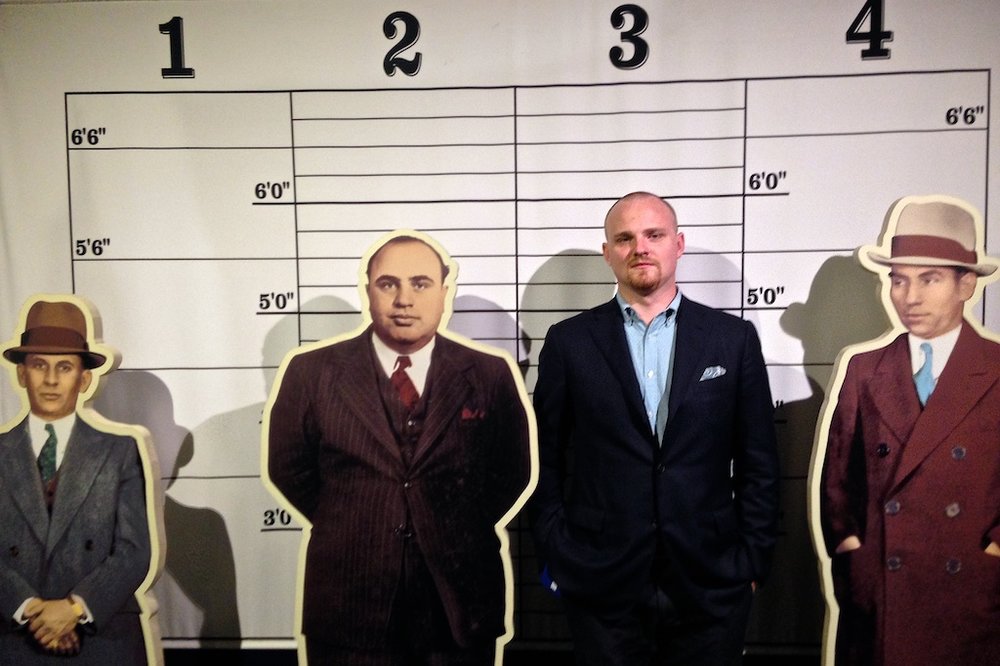

After lunch we walked over to the Museum of History and Industry (MOHAI, as it's known locally) to check out their latest exhibit about Prohibition. Among the various booze artifacts and antiquities there's an entire floor dedicated to Seattle's conception and the creation of its many bridges, waterways, and bustling port area. Can you spot which guys are the illegal bootleggers and which guy is the legitimate distiller?

Then it was time for yachting. Matt Freerks, Westland's sales director for Washington, absolutely cracks me up. He has this amazing look that really works for him. It's part Southern gentleman, part rockabilly, and part playboy. When we walked out of the museum and over to the docks, there he was: perched on the stern, one leg crossed over the other, holding a drink like it was the most natural thing in the entire world; like what else would he be doing at this very moment?
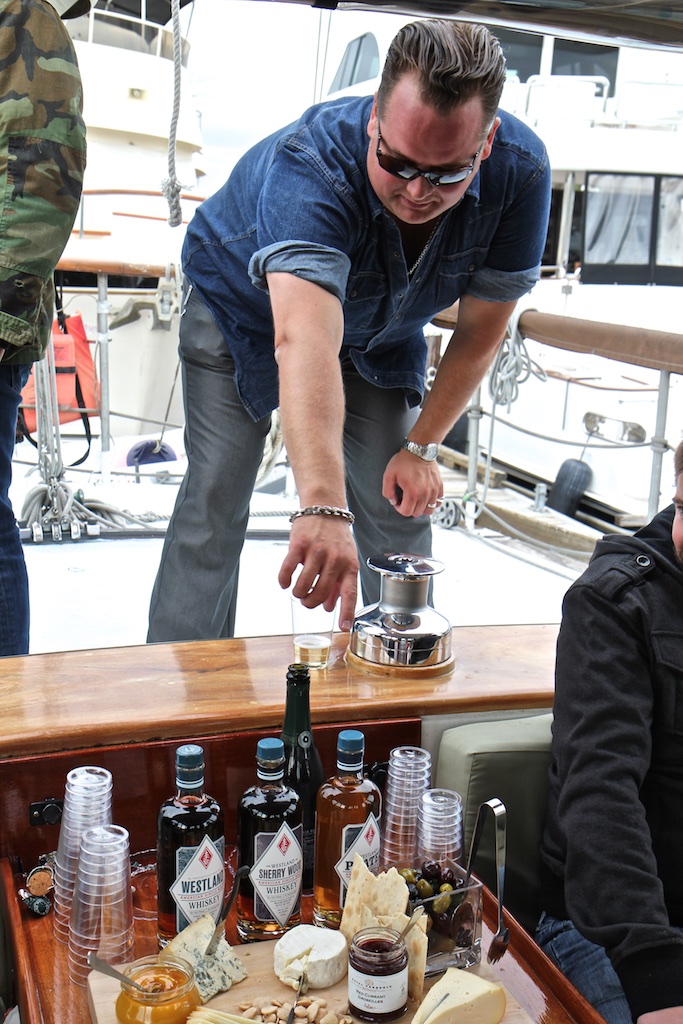
As we boarded the vessel, Matt pointed out the various snacks and drink options available to us. There was plenty of cheese and plenty of Westland booze.
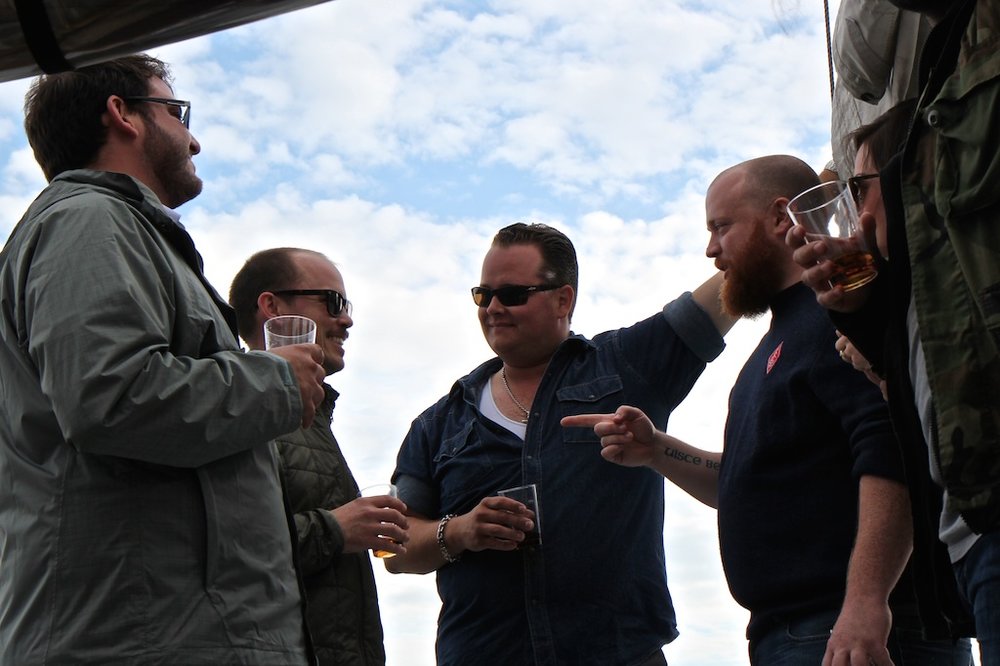
And so we sailed; through Lake Union, under a few drawbridges, and into Lake Washington.

There were plenty of ridiculous photo ops. Images of the sporting life.

Men and women, aboard a ship at sea, eating and drinking with reckless abandon.
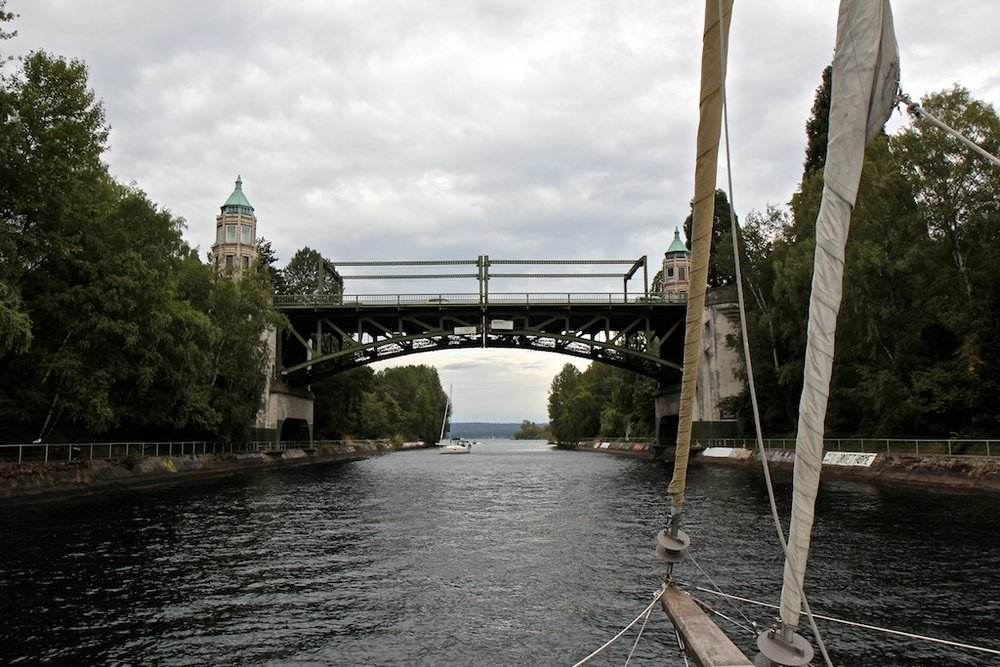
Everyone from Westland was very excited to open up the main bridge, mainly because they're usually the ones stuck in traffic, waiting impatiently, while some schmuck in a sailboat holds up the line in the middle of rush hour. "We get to be that guy!" Matt told me with a smile.
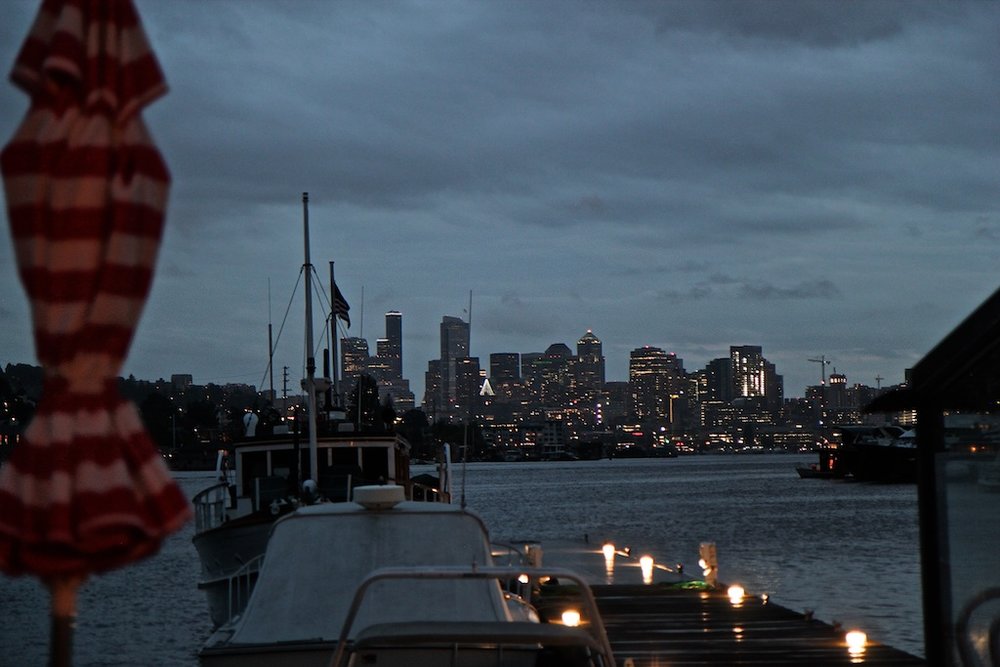
We docked at Westward: another hip Seattle spot with amazing seafood and great views of the lake. The weather was perfect, the atmosphere heady, and the company warm and welcoming. Alright guys: I'm in. I'm ready to move to Seattle. Is that what you wanted? You win.
-David Driscoll
